The story of the ten avatars of God has always fascinated me. It has even been set to beautiful music in the melodious voice of MS Subbulakshmi and I must have heard this song hundreds of times by now. Each time, I discover something new.
One thing about this story always puzzled me: why would God take on the form of animals? Why did he incarnate himself as a fish, or a tortoise or a boar? What is the inner significance of these incarnations?
One possible explanation is that the story is describing the process of evolution; each avatar represents an evolutionary jump from one species to another. This makes perfect sense.
We could, however, carry this explanation even further. What if all the evolutionary steps can occur in a human being, in this very lifetime? This makes even more sense, and with this perspective, the story of the ten avatars becomes relevant to all of us. It describes our own inner spiritual journey as we progress through life.
Not too long ago, I was swimming in a body of water, in my mother’s womb. It must have been a very pleasant experience, because the water was at just the right temperature, there were no external disturbances and all my needs were met. This was my Matsya, or fish avatar.
When I came out into this world, I was a helpless baby, gradually learning body movements. After a few months, I could turn turtle, lie on my stomach and crawl a little. This was my Kashyap, or turtle , avatar. I have no direct recollection of this stage, but as a parent, I can experience it through my own children. As every parent knows, watching a baby beginning to crawl is a wondrous sight.
Gradually, I gained proficiency in this way of travelling and pretty soon I was crawling on all fours, all over the house, just like a little animal.This was my Sukar, or wild boar, avatar. Again, we can re-live this experience by watching our children grow up.
As the child gets more comfortable with the crawling stage, he is a bit like a combination of a human being and an animal. This is the Narasingha Avatar. It is just a prelude to the terrible twos, when kids run around like wild animals.
Pretty soon, the child outgrows the crawling stage and stands upright on his feet, and takes a few tentative steps on his own. Most parents take great pride in this moment, because it is a huge evolutionary jump for a child. This is the Vaman Avatar. The word vaman is often translated as dwarf, but it really means a small man I.e a man-child.
As the child grows older and, perhaps, naughtier, it learns to play with weapons such as the axe. It assumes the form of Parshuram, the warrior, as the sixth avatar. At this stage, the child is much more destructive, as it deals with other warrior avatars in its journey through life.
Soon it’s time for the seventh avatar, as Rama. When I think of Rama, the first image that comes to mind is of a person carrying a bow and arrow. It reminds me of my own childhood, and the countless hours of fun that I had, playing with a bow and arrow. Rama is also the symbol of responsibility and of following the rules. We acquire these qualities in our youth, as we prepare to become good citizens of the world.
As we grow older, we also grow in wisdom. This comes from the eighth avatar as Krishna, the fount of all knowledge, the teacher who imparted the wisdom of the Bhagavata Gita to all of us. At the same time, Krishna is very playful, a much needed quality in a world full of serious people.
As we mature in life, we need the insights of Buddha, developed through meditative practices. We also need a bit of detachment from worldly pursuits. This is the essence of the Buddha avatar.
Finally, we come to the most important avatar, the Kalki Avatar. This one has not arrived yet, according to the tradition. It makes perfect sense to me, because this avatar represents the culmination of our life’s journey. We have not yet reached the end although it is in sight for many of us. When we leave this body, we will merge with a higher power, entering the state of the Kalki Avatar. Self-realized souls like Om Swami may already be in that state, but lesser mortals like me will have to wait a while.
This my story of the ten avatars. What about the women, you might ask? How come they do not figure in the story of evolution? Actually, they do, they have evolved as the nine forms of Goddess Durga. They even have the ability to transition from one form to another in a moment, being child-like, happy or destructive within the space of a few minutes.
This leads me to another very important conclusion. Men require ten steps, or avatars, to go through the process of evolution but, women, being more spiritually advanced, can do this in just nine steps.
Isn’t that wonderful?

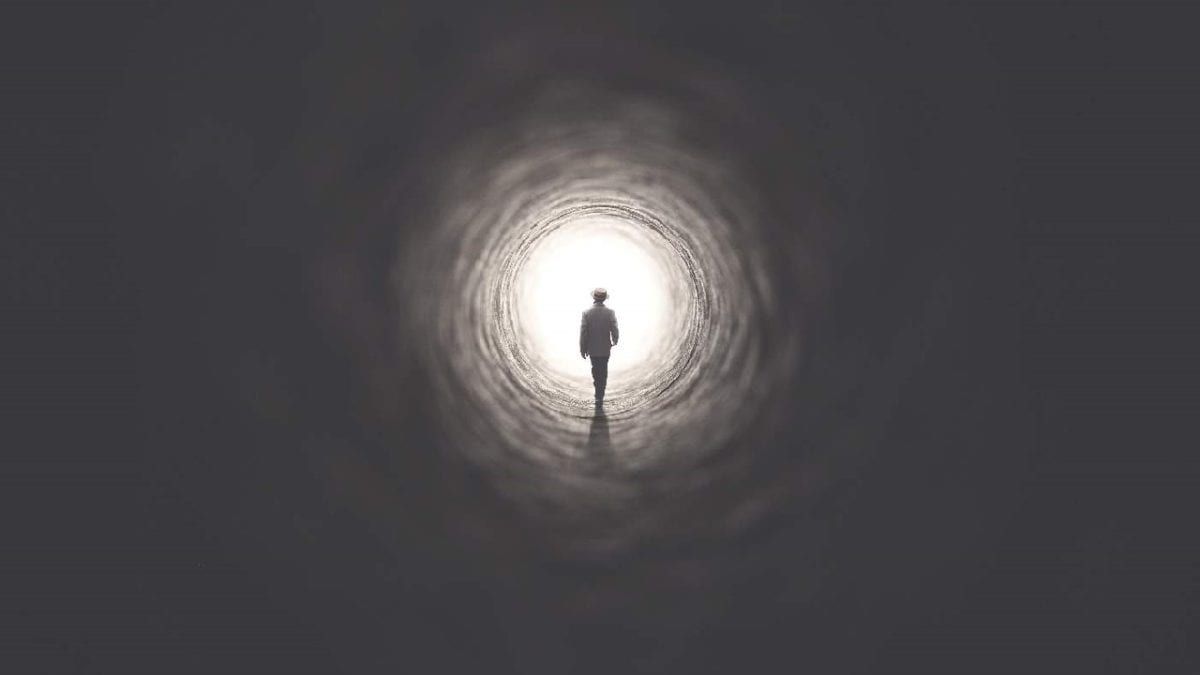
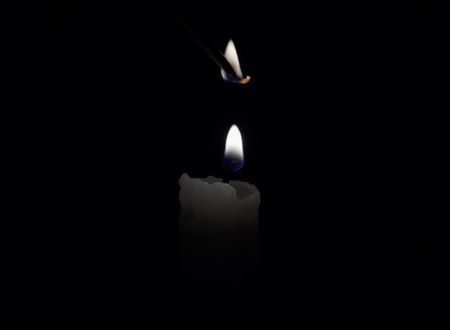
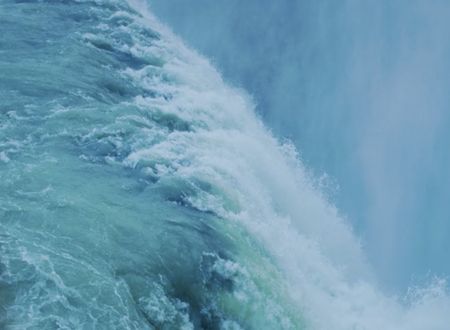
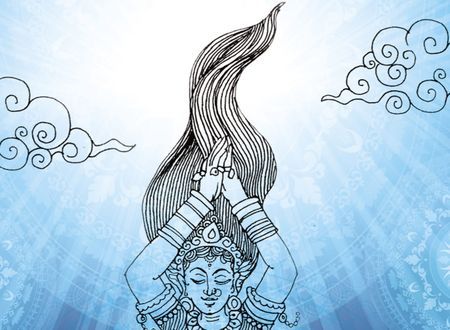
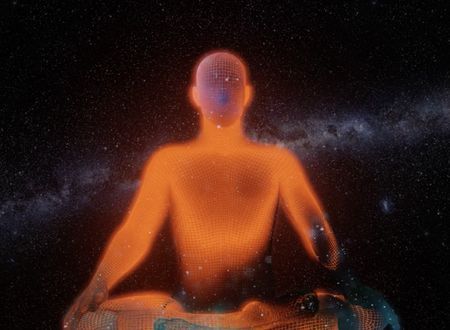



Comments & Discussion
9 COMMENTS
Please login to read members' comments and participate in the discussion.